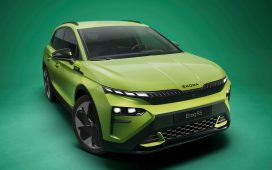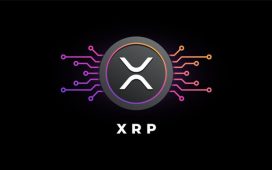To better understand how the Inflation Reduction Act will shape the U.S. EV market, ICCT and Energy Innovation modeled the effect of the law’s incentives on the sales shares of light- and heavy-duty EVs. The study’s “Low,” “Moderate” and “High” scenarios compare the potential impacts of its personal and commercial EV tax credits, factoring in supply chain requirements, buyer income caps and price caps on new EVs, combined with estimates of future light-duty and heavy-duty EV cost declines.
Factoring in the 30D consumer credits and 45X manufacturing production tax credit, the analysis finds the federal incentives will reduce light-duty EV purchase costs by an average of $3,400 to $9,050 between 2023 to 2032. Across all modeled scenarios, new EV sales see a substantial boost. By 2032, EVs could reach 56 to 67 percent of all new light-duty car sales and 44 to 52 percent of all new heavy-duty vehicle sales.
The modeling also analyzes how increased state adoption of clean vehicle standards will affect sales. Last year, California set a nation-leading ZEV standard. Its Advanced Clean Car II standard requires 100 percent of all new passenger cars and light trucks sold be zero emission by 2035. The state’s clean car policies have made it a global leader in EV sales, with one-fifth of all new cars being zero emission in 2022. Nearly 20 states could adopt the ACC II standard, reducing prices for customers and growing sales for dealers.
For states that already have ZEV standards in place, moving swiftly to adopt the updated ACC II rule would drive significant market growth. When combined with the “Moderate” scenario, new sales of light-duty EVs could reach nearly 60 percent nationwide in 2030. State leadership on clean car and truck standards will also ensure more people have access to the widest range of affordable EVs.









